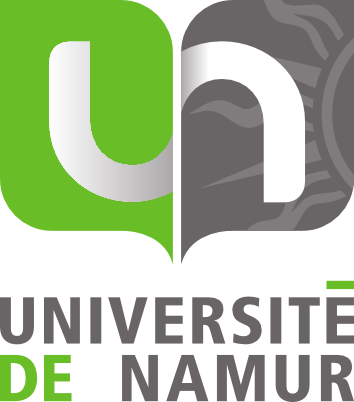Soutenance publique de thèse de doctorat en Sciences physiques - Julie Bouhy
Quantitative imaging of birefringence in anistropic optical media
Date : 05/09/2025 16:00 - 05/09/2025 16:00
Lieu : S01
Orateur(s) : Julie Bouhy
Organisateur(s) : Olivier Deparis
Jury
- Prof. Johan YANS (UNamur), président
- Prof. Olivier DEPARIS (UNamur), secrétaire
- Prof. Michel VOUÉ (Université de Mons)
- Prof. Marc WUILPART (Université de Mons)
- Dr Augustin DEKONINCK (Université libre de Bruxelles)
- Dr Michaël SCHRIBAK (Université de Chicago)
Résumé
Optical anisotropy, present in many natural and synthetic materials (minerals, biological tissues, and liquid crystals) manifests as birefringence (refractive index anisotropy) or, more rarely in the visible range, as diattenuation (absorption anisotropy). Imaging birefringence is essential in fields such as geology (mineral identification), engineering (photoelasticity), biology (tissues diagnostics), and heritage science (parchment conservation). This thesis presents the development of a polarizing microscopy system that produces quantitative maps of retardance and optical axis orientation in anisotropic materials. The system probes the sample in transmission using elliptically polarized light generated by a polarization state generator. The birefringent sample modifies the input polarization states, which are then analyzed. Numerical processing of the recorded intensity images reconstructs 2D maps of retardance and axis orientation. This thesis addresses mathematical ambiguities in birefringence analysis and how input ellipticity affects accuracy, showing improved accuracy at higher retardance and low polarization ellipticity. Experiments were conducted to characterize both in-plane and out-of-plane optical axis orientations, using a geological thin section composed mainly of quartz. Additionally, by rotating a polypropylene film around three axes, it was possible to determine the nature of the sample anisotropy (uniaxial or biaxial). Then, the influence of diattenuation was assessed using tourmaline (dichroic): it had a negligible effect on retardance but significantly affected the optical axis orientation. Finally, the set-up was used to probe collagen fiber orientations in parchments, revealing that transparent areas are not necessarily degraded (gelatinized) but arise due to fiber compression, which reduces light scattering and makes the parchment translucent. The set-up developed in the thesis was shown to be useful for the study of both uniaxial and biaxial anisotropic transparent samples such as quartz and polypropylene film, as well as parchment, which is a translucent and fibrous material. The limitations of the technique arise from the reduced signal-to-noise ratio and the depolarization, whenever the sample strongly absorbs light or scatters light, or is thick. However, despite these limitations, it is possible to measure the birefringence of a fibrous material that scatters light as far as the thickness is low enough. The experimental set-up could be upgraded to enable the measurement of diattenuation in addition to birefringence, and to determine the optical character (uniaxial or biaxial) and sign (positive or negative) of anisotropic materials.
Télecharger :
vCal
